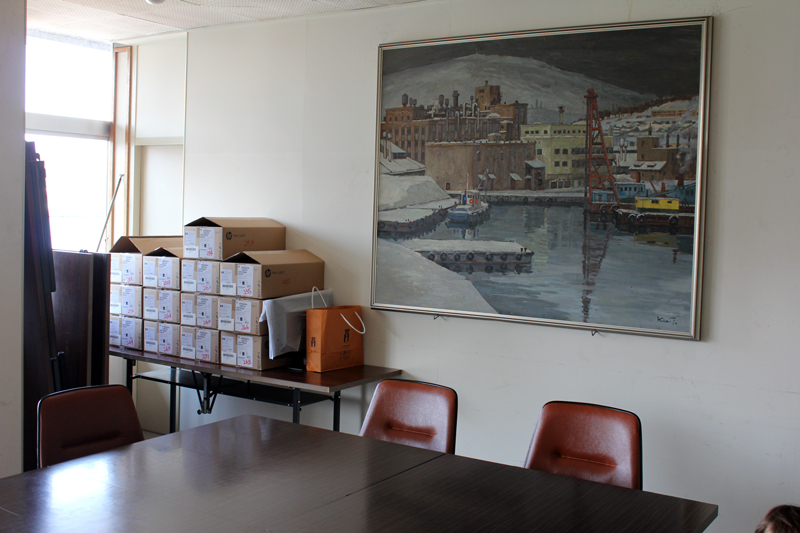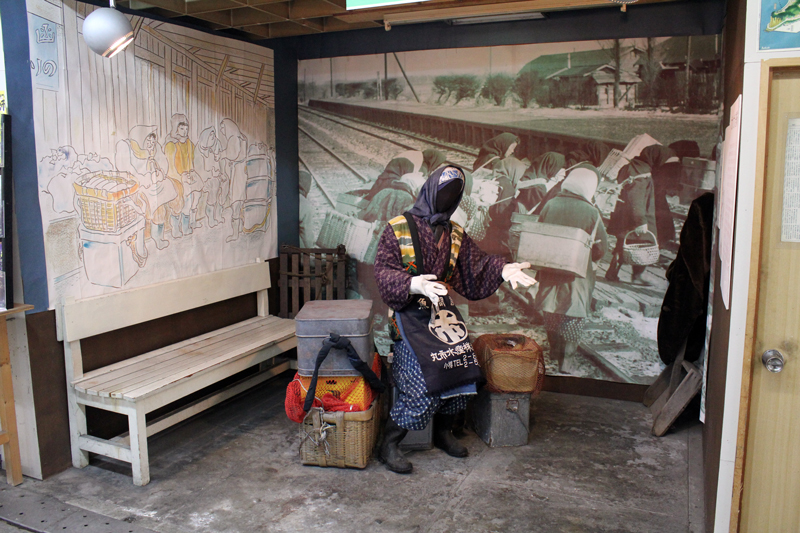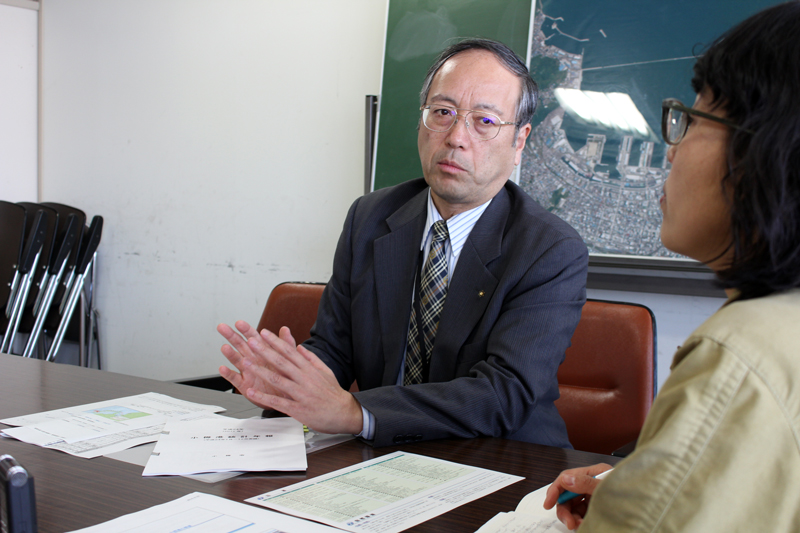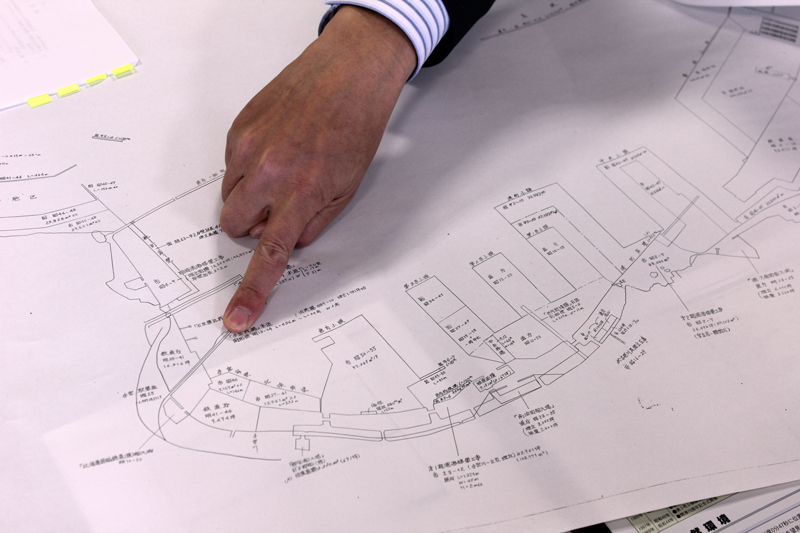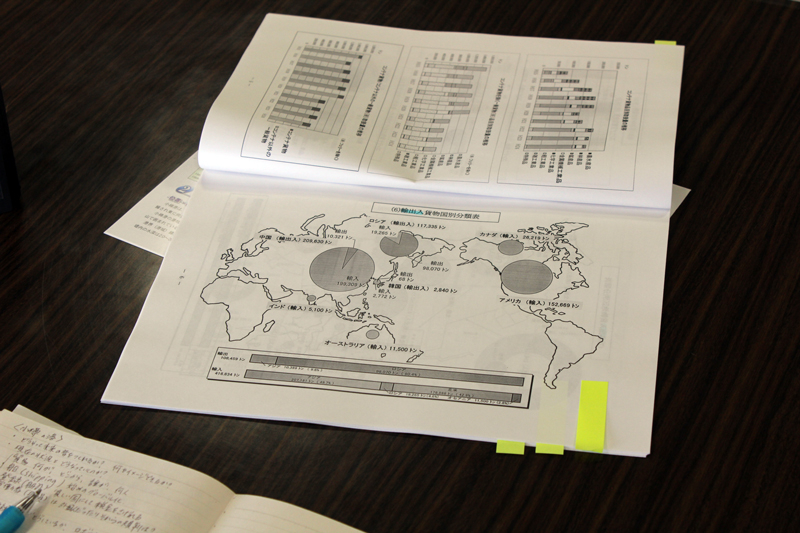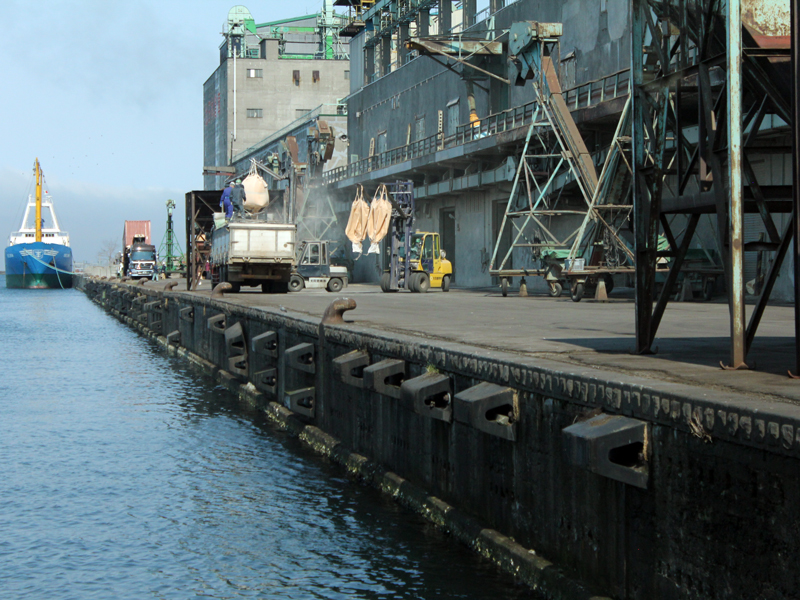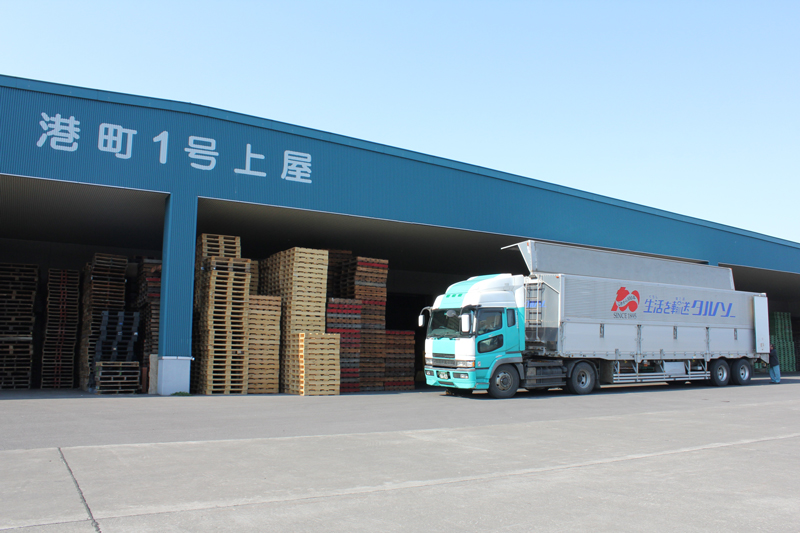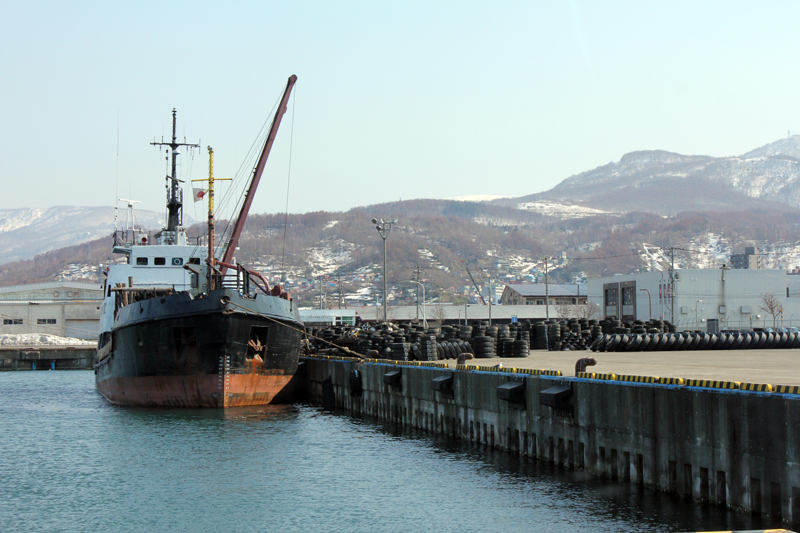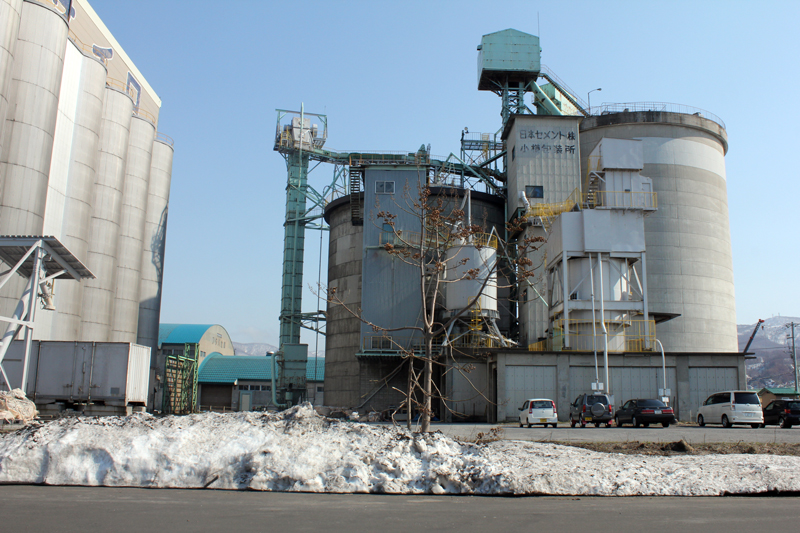Otaru Port
Beginnings of the port
Otaru port was mainly developed for the distribution of coal from Hokkaido to other parts of Japan, and importing commodities such as rice and sake for the Kaitaku people (the Japanese who settled Hokkaido), many of whom found employment in Otaru’s job centers. Most of the banks were centered around Otaru, and there was more traffic than in Sapporo. After Kaitakushi(Department for development of Hokkaido) moved to Sapporo, while the shipping centre remained in Otaru, information was more centralized in Sapporo. Then the banks also moved. Along with the development of Hokkaido and population growth in Sapporo, more commodities were distributed (shifting from coal to indigo products, soybeans, azuki beans etc.)
TPP
Once Tomakomai port became a national project, they invited corporations, industrialized their port and started to deal with commodities. This was the beginning of the distribution shift from Otaru to Tomakomai. After the Fukushima disaster, there has been a consciousness that the Pacific Ocean and Sea of Japan transport networks must both develop together. For example during the disaster, it was better to avoid working only with Tomakomai port. During the Showa period, the “roll-on roll-off” system was invented, in which trucks drive their trailers directly onto the ship; it was superior to the prior way. However, employment at Otaru port has declined, because of Tomakomai and better transport systems. Truck drivers themselves belong to private companies, each with their own different situation.
Animal feed companies were established and a mill was set up on the docks, so wheat and corn imports started to increase; most for animal feed, with only 2% for human consumption. Changes in eating habits from Japanese foods to western foods pushed contributed to these increases.
Likewise, cows and pigs also started to be raised with feed, whereas before the war there were no cattle farmers, only a couple of animals at home, eating people’s leftovers. Animal feed produced in Otaru is distributed all over Hokkaido. If TPP takes effect, foreign capital won’t necessarily flow into Otaru because manufactured, finished feed will come in, so the probability here is the disappearance of feed manufacture in Japan.
In terms of products, what arrives from the USA and Canada—and in fact, they are exclusively American products—includes feed and wheat. China ships manufactured products destined for the 100 yen shops, and clothes. Australia sends wheat. There has been an increase in trade with Russia, exporting second hand cars and used tires, and importing fish and sea urchins; no manufactured products come in from Russia.
There is no export to US, Canada or China. They just ship empty containers back. The port charges fees empty or not so it does not matter whether material is inside.
Otaru’s population decline is leading to the loss of consumption, which in turn influences the decline of shipping. Meanwhile, Otaru is no. 1 in Hokkaido for passenger and tourist traffic. The port authority does not make money due to this, as these ferries do not use the storehouses, but the city itself does make money. Tourism has grown because of the baby boom generation retiring and pensions and saved money; this will continue to grow. But the possibility of a casino is limited because Otaru Port does not have the capacity of bringing in all the casino-scale institutions, and physically there is no space. It also does not fit into the current old Otaru landscape…
to be continued…

